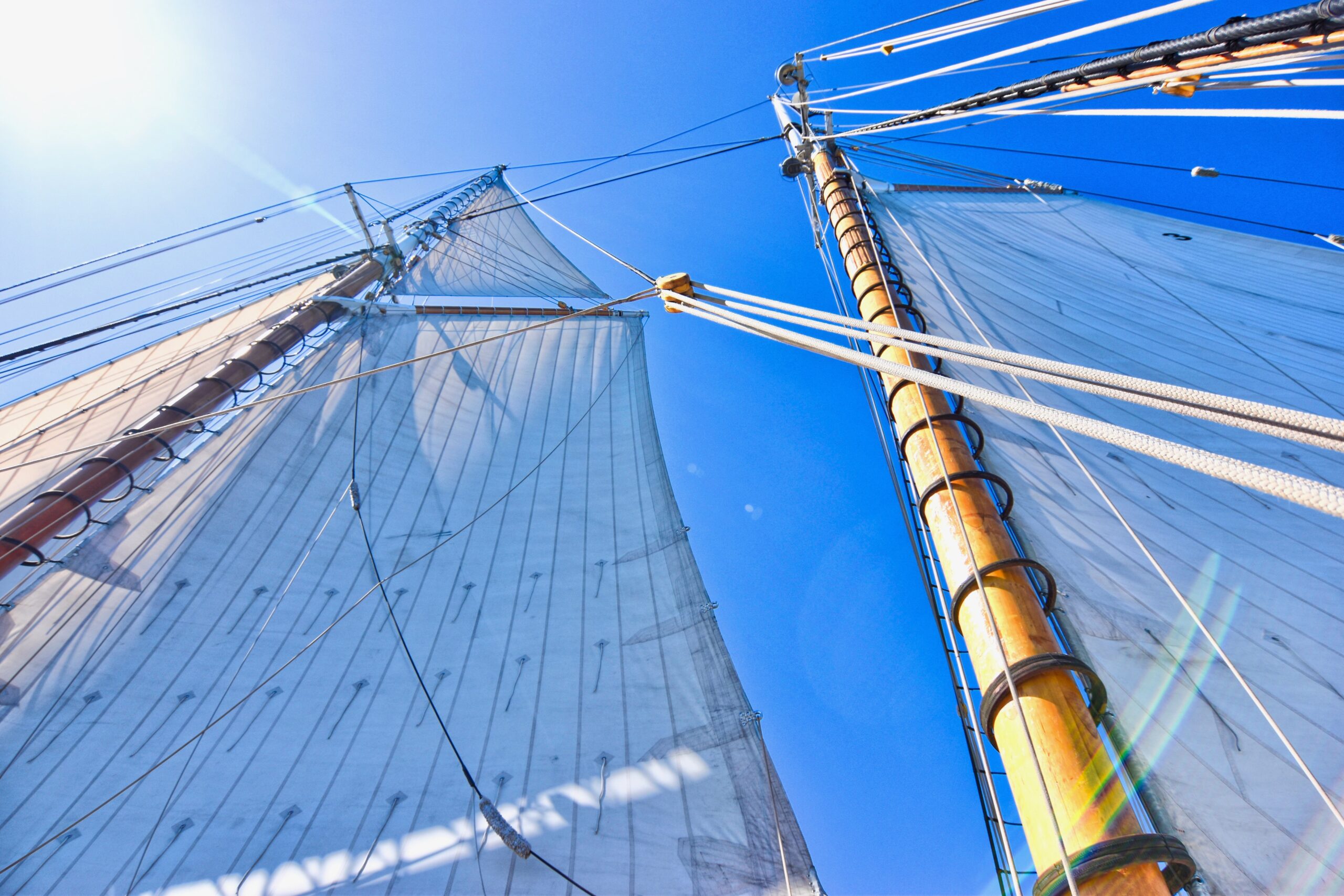
Epic Journeys and Timeless Tales
50 Years of the La Balsas Expedition
@ The Ballina Naval & Maritime Museum
Imagine standing on the shores of Ballina, New South Wales, as the sun dips below the horizon. The salty air fills your lungs, and the rhythmic sound of waves crashing against the shore resonates in your ears. It’s a tranquil scene, but 50 years ago, these very waters were the destination of an epic journey that defied all odds. A journey that spanned 14,000 kilometres across the Pacific Ocean, involved a crew of 12 men from seven different nationalities and was completed on three balsa-wood rafts. This is the story of the La Balsas Expedition, a tale so extraordinary that it has become a cornerstone of the Ballina Naval & Maritime Museum. In this blog post, we’ll delve into the origins of this incredible expedition, the challenges faced, the daily life on the rafts, and how this historical event has been immortalized in the Ballina Naval & Maritime Museum.
The Genesis of the La Balsas Expedition
The La Balsas Expedition was not born in isolation; it was inspired by previous expeditions like Kon-Tiki, led by Thor Heyerdahl. The idea was to prove that pre-Columbian South Americans could have reached Polynesia on balsa wood rafts. The expedition was led by Vital Alsar, a Spanish navigator and explorer, who had previously led a similar expedition called “La Pacífica” in 1966. The La Balsas Expedition was a more ambitious project, involving three rafts and a multi-national crew, aiming to reach Australia.
The International Crew: Unity in Diversity
Spanish Leadership: Vital Alsar, the Spanish navigator, led the expedition.
- Diverse Nationalities: The crew comprised individuals from Spain, Mexico, Colombia, and other countries.
- Unity in Diversity: Despite language barriers and cultural differences, the crew worked in harmony.
- Global Representation: The expedition became a symbol of international cooperation and unity.
Craftsmanship and Raft Building
The construction of the three rafts was a meticulous process that involved traditional techniques. Balsa wood logs were lashed together using natural fibres, and sails were made from cotton. The craftsmanship was a nod to ancient maritime traditions, ensuring the rafts were both functional and historically authentic.
Navigating the Pacific: Challenges and Triumphs
The journey was fraught with challenges, from navigating through storms to avoiding shipwrecks. Yet, the crew’s resilience and ingenuity saw them through. They used celestial navigation techniques and even improvised repairs mid-ocean, showcasing human triumph over adversity.
Life on the Raft: Daily Routines and Survival
Daily Diet: Consisted mainly of fish caught during the journey and pre-packed rations.
- Activities: Included fishing, navigation checks, and maintenance tasks.
- Survival Tactics: Freshwater collection methods and rationing were crucial for survival.
- Entertainment: Music and storytelling helped keep morale high.
The Arrival: Ballina Welcomes La Balsas
After 179 days at sea, the rafts finally reached Ballina, New South Wales. The crew was welcomed with open arms by the local community, and their journey was celebrated as a monumental achievement. The rafts were later acquired by the Ballina Naval & Maritime Museum, where they continue to be a major attraction.
The Legacy: La Balsas at the Ballina Naval & Maritime Museum
Today, the La Balsas rafts are a significant part of the Ballina Naval & Maritime Museum’s collection. They serve as a testament to human endurance and the spirit of exploration. Visitors can learn about the expedition through interactive exhibits, making it a must-visit for history enthusiasts.
Reflections: 50 Years On
As we commemorate the 50th anniversary of this incredible journey, its impact and relevance continue to resonate. The La Balsas Expedition serves as a reminder of what can be achieved when diverse individuals come together with a common goal. It’s a story that continues to inspire, half a century on.





